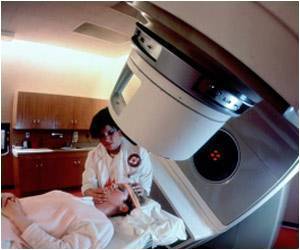The long-term stability and clinical properties of a skin cream are determined by its fundamental structure, revealed scientists.

TOP INSIGHT
Topical creams generally contain a few standard ingredients, but manufacturers know little about how these components interact to influence the performance of the product.
One of Ahmadi's research advisors, David Barlow, Ph.D., adds, "We wanted to improve the science around cream formulation so that companies could more rationally formulate them to get exactly what they want. The most significant thing we found is that the textbook picture of the structure of a cream is very naïve."
Formulators have mostly inferred the structure of these emulsions based on indirect measurements, Barlow explains. But his group took a direct approach, with Ahmadi analyzing the cream using X-ray and neutron scattering techniques to determine how the ingredients were dispersed. Ahmadi and Barlow are at King's College London, and their co-investigator, Jayne Lawrence, Ph.D., is at Manchester University.
Cream is usually thought of as stacks of lamellae, or membranes, composed of surfactants and co-surfactants that maintain oil droplets dispersed within water (or vice versa). To reveal a cream's true structure, the researchers started with an aqueous cream formulation from the British Pharmacopoeia that contains two co-surfactants and a sodium dodecyl sulfate (SDS) surfactant. They also incorporated a diol known to act as a preservative. One by one, Ahmadi replaced each ingredient with heavier isotopic versions. The researchers then scattered X-rays and neutrons off the selectively isotope-labelled samples and, from the resulting patterns of scattering, determined the location of each ingredient and the aggregate it formed within the cream.
The results were surprising. Although they observed co-surfactants in the lamellar layers as predicted, the surfactant was not there. "The surfactant peak profile suggested that the molecule formed micelles in the cream," Ahmadi says. In addition, the preservative was not found in the aqueous layer, where scientists have always presumed it would be. It was, in fact, residing in the lamellae. Preservatives have an antimicrobial effect, thereby prolonging shelf-life. Formulators had assumed that to be an effective antimicrobial, the preservative had to be dissolved in the water layer. So, Ahmadi says this finding could mean the creams are essentially self-preserving.
They also want to study different creams. Ahmadi says the formula from the British Pharmacopoeia is pretty basic, with only five ingredients. In addition, personal care companies have phased out SDS as a surfactant, so the researchers plan to analyze variations without SDS in the future.
 MEDINDIA
MEDINDIA




 Email
Email










